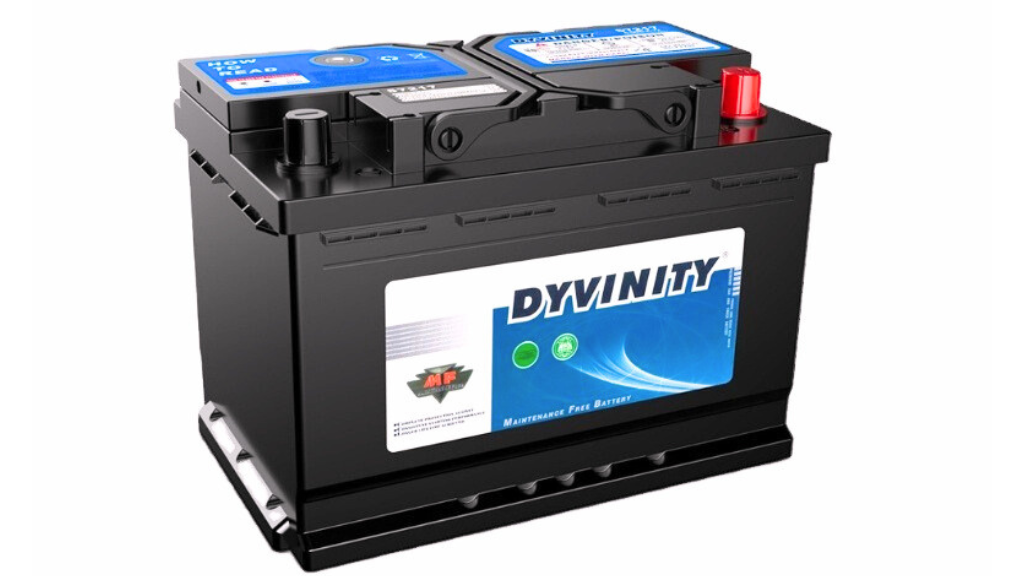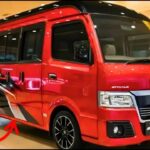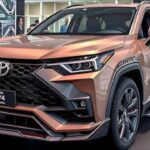Clearing the Confusion
One of the most common questions car owners ask is: “Is a car battery AC or DC?” With the rise of electric and hybrid vehicles, this question is more relevant than ever. Understanding how your car battery works isn’t just about technical knowledge—it helps you maintain your vehicle, avoid mistakes, and appreciate modern automotive technology.
In this blog, we’ll explain everything you need to know about car batteries, AC, and DC power, and why it matters.
What is AC and DC Power?
Before answering the main question, let’s quickly define both.
AC (Alternating Current)
- The flow of electricity changes direction repeatedly.
- Common in household power outlets.
- Great for long-distance transmission.
DC (Direct Current)
- Electricity flows in one direction only.
- Found in batteries, phones, and laptops.
- Provides a steady and reliable power supply.
So, Is a Car Battery AC or DC?
The clear answer: A car battery is DC.
- Car batteries provide direct current to start the engine and power electronics.
- The standard battery in most cars is a 12V DC battery.
- Larger vehicles or electric cars may use 24V or higher DC systems.
Why Car Batteries Use DC Power
There are solid reasons why car batteries are DC instead of AC:
- Starting the engine: The starter motor needs a quick, strong burst of power. DC is perfect for this.
- Compatibility with electronics: Lights, sensors, infotainment, and other systems run on DC.
- Battery chemistry: All batteries naturally store and release DC.
- Reliability: DC systems are simple, durable, and cost-effective for vehicles.
Where Does AC Come Into Play in Cars?
Even though the car battery is DC, AC is still part of the system.
- Alternator: When your engine runs, the alternator generates AC power.
- Rectifier: That AC is immediately converted into DC before charging the battery.
- Electric vehicles: In EVs, inverters convert battery DC into AC to run electric motors.
So, your car uses both AC and DC—but the battery itself is always DC.
Types of Car Batteries (All DC)
Different cars use different types of batteries, but they all output DC power:
- Lead-acid batteries: Common in traditional cars, affordable and reliable.
- Lithium-ion batteries: Found in electric cars, efficient with longer life.
- Nickel-Metal Hydride (NiMH): Used in hybrids, steady and durable.
How a Car Battery Works
Here’s a simple breakdown of the process:
- Chemical reactions inside the battery create an electrical charge.
- Current flows in one direction only—this is DC.
- The starter motor uses DC to crank the engine.
- Once the engine runs, the alternator generates AC, converts it into DC, and recharges the battery.
Common Misconceptions About Car Batteries
- “The alternator makes AC, so the battery must be AC.”
– Wrong. The alternator’s AC is always converted to DC before charging“Electric cars have AC motors, so their batteries are AC.”
– False. EV batteries are DC. Inverters convert DC into AC for the motors. - “AC is more powerful, so cars should use it.”
– Not true. Cars need steady, reliable power that DC provides best.
Quick Comparison: AC vs DC in Cars
| Feature | DC (Car Battery) | AC (Alternator/Converted Power) |
|---|---|---|
| Flow Direction | One direction | Changes back and forth |
| Main Use in Cars | Starts engine, runs electronics | Generated by alternator, powers motors in EVs |
| Stability | Steady and reliable | Variable unless converted |
| Source | Battery chemistry | Alternator |
Why This Knowledge Matters for Car Owners
Knowing that your car battery is DC helps you:
- Avoid mistakes when jump-starting or charging.
- Install electronics correctly without damaging them.
- Understand EVs and how their power systems differ from traditional cars.
Future of Car Batteries: Still DC, But Evolving
Even with new technology, car batteries remain DC. However, changes are happening:
- High-voltage systems: EVs use 400V or even 800V DC for fast charging.
- Solid-state batteries: Promise safer and more efficient DC storage.
- Bidirectional charging: EVs can send DC back to the grid (converted to AC).
Tips for Car Battery Care
Since your car battery is DC, here are some quick care tips:
- Clean battery terminals regularly.
- Avoid draining the battery by leaving lights or electronics on.
- Use the right DC-compatible charger.
- Replace the battery when signs of weakness appear (dim lights, slow engine start).
Final Verdict: Is a Car Battery AC or DC?
The final answer is clear: A car battery is DC.
- It provides direct current to start your car and power electronics.
- The alternator generates AC but converts it to DC for charging.
- Electric cars still use DC batteries, with inverters converting it to AC for motors.
So, whenever someone asks “Is a car battery AC or DC?” you now know the answer:
It’s DC—and always will be!










